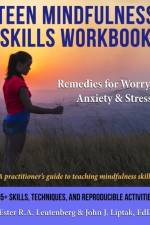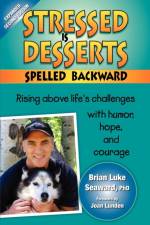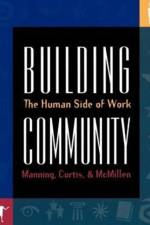- Enhancing Strengths and Discovering Opportunities for Growth
av Ester R A Leutenberg & Carol Butler Cooper
361
This book will help facilitators empower gifted and talented teens to enhance their strengths and discover opportunities for growth.Gifted and talented teens often have physical, emotional, and social challenges. They are exposed to an ever widening, diversified, and sometimes scary world. All adolescents may feel insecure, test boundaries, feel peer pressure, and wonder about their futures. Gifted and talented teens struggle with these same issues. They may excel in one or more area and struggle in others.A User-Friendly Resource Educators and counselors of gifted and talented teens, mental health professionals, and facilitators in virtually any setting will find this resource tailored to the strengths and needs of their clients.AdaptableThe Facilitator's Possibilities page at the end of each activity suggests ways to present the exercise(s) as well as follow-up possibilities. Each handout can stand alone or a chapter can become a series of sessions or a workshop.Age and Ability Appropriate Activities are for gifted and talented teens, and are adaptable to individual or group exercises, whether facilitator led or used as self-directed learning.Chapter Descriptions Intrapersonal and Interpersonal Teens first focus on their qualities within, traits that benefit or deter their progress, the senselessness of comparisons, and character traits. Teens then explore their interactions with others, rapport, levels of conformity, friendships, and love relationships. Thought Power Teens investigate their emotional intelligence, perspectives, and values, and they compare artificial to human intelligence. Teens identify and reprogram distorted thoughts and differentiate between distress and eustress. Giving Back Teens re-gift an intangible quality, and explore ways to use their difficulties, talents, and resources to help others. Teens develop a personal platform, experience positive reciprocity, and find value in forgiveness. Team Player Teens acknowledge that disagreements can lead to innovation, and conflicts can be resolved. Teens apply sportsmanship concepts to competitive situations and identify ways to manage wins, losses, and mistakes. Teens practice communication, leadership, and followership. Self-Expression Teens share ideas about topics important to them through their choices of visual art, the written or spoken word, theater, dance, music, fantasy, and other techniques. Teens change self-limiting thoughts into personal power, identify insights, evoke emotions, and take healthy risks through creative expression.




























